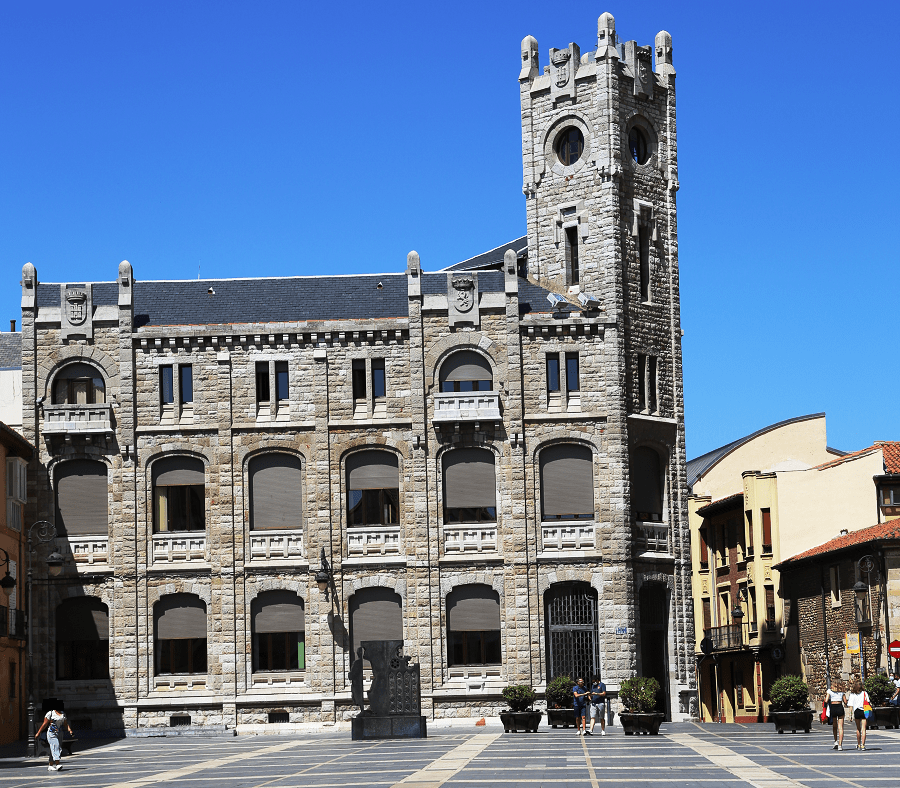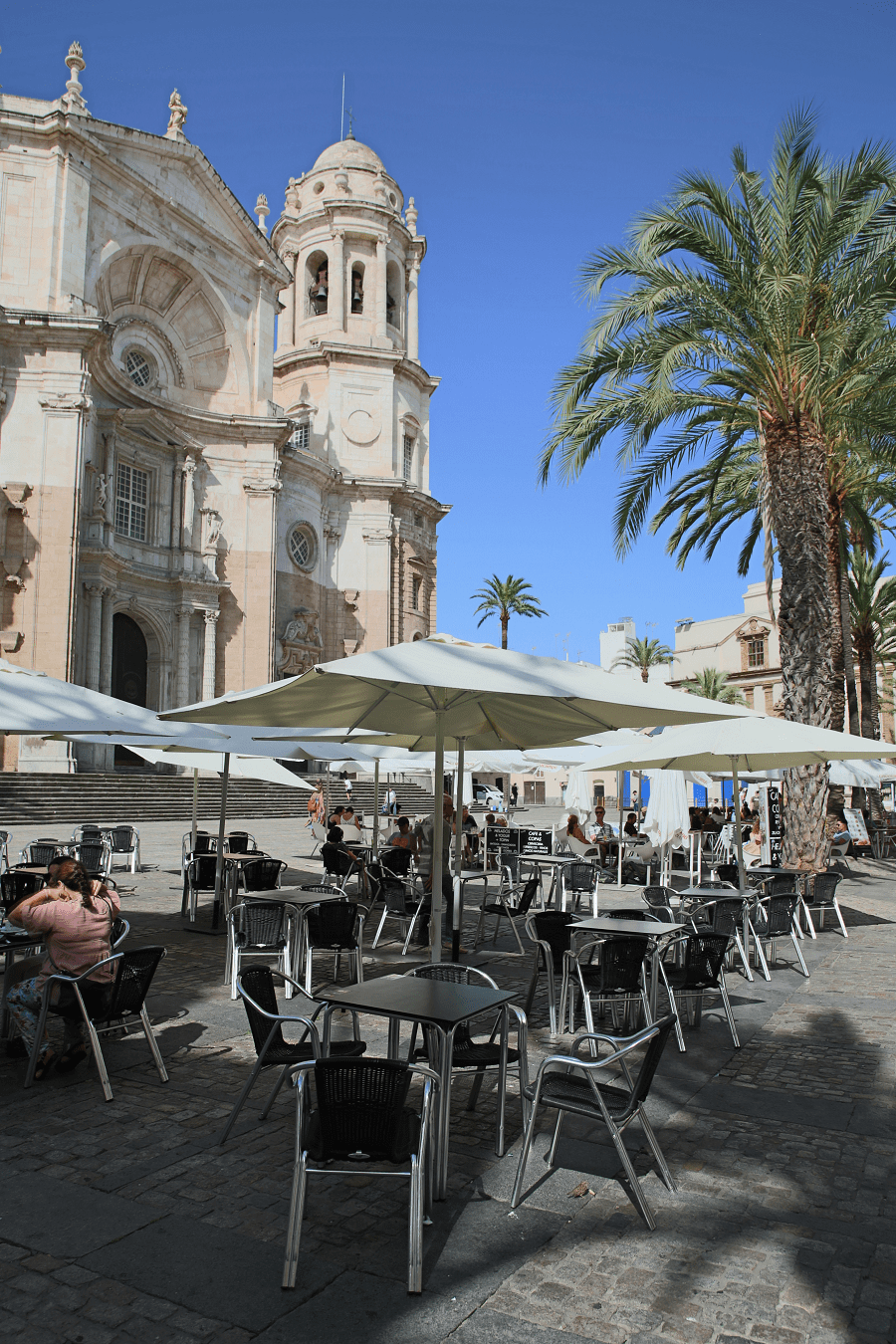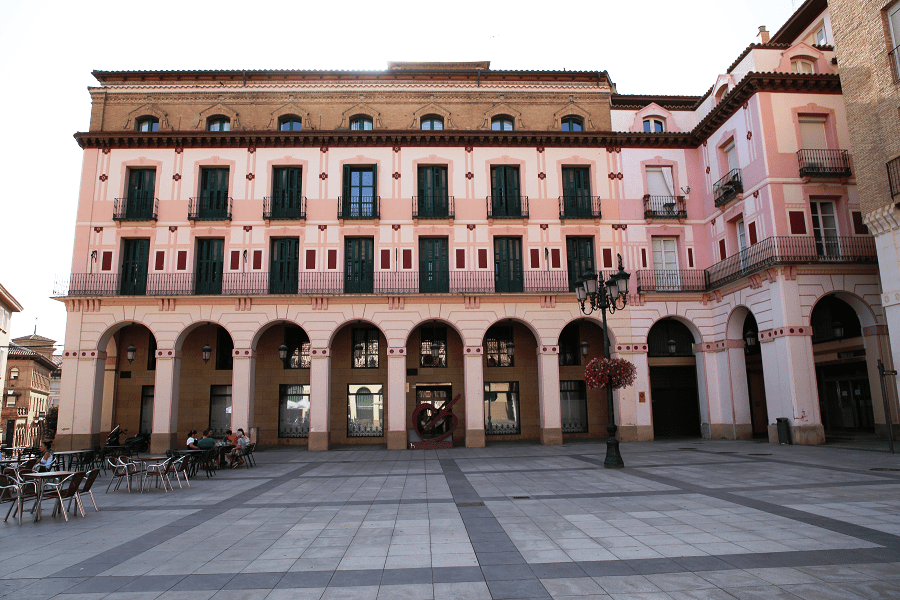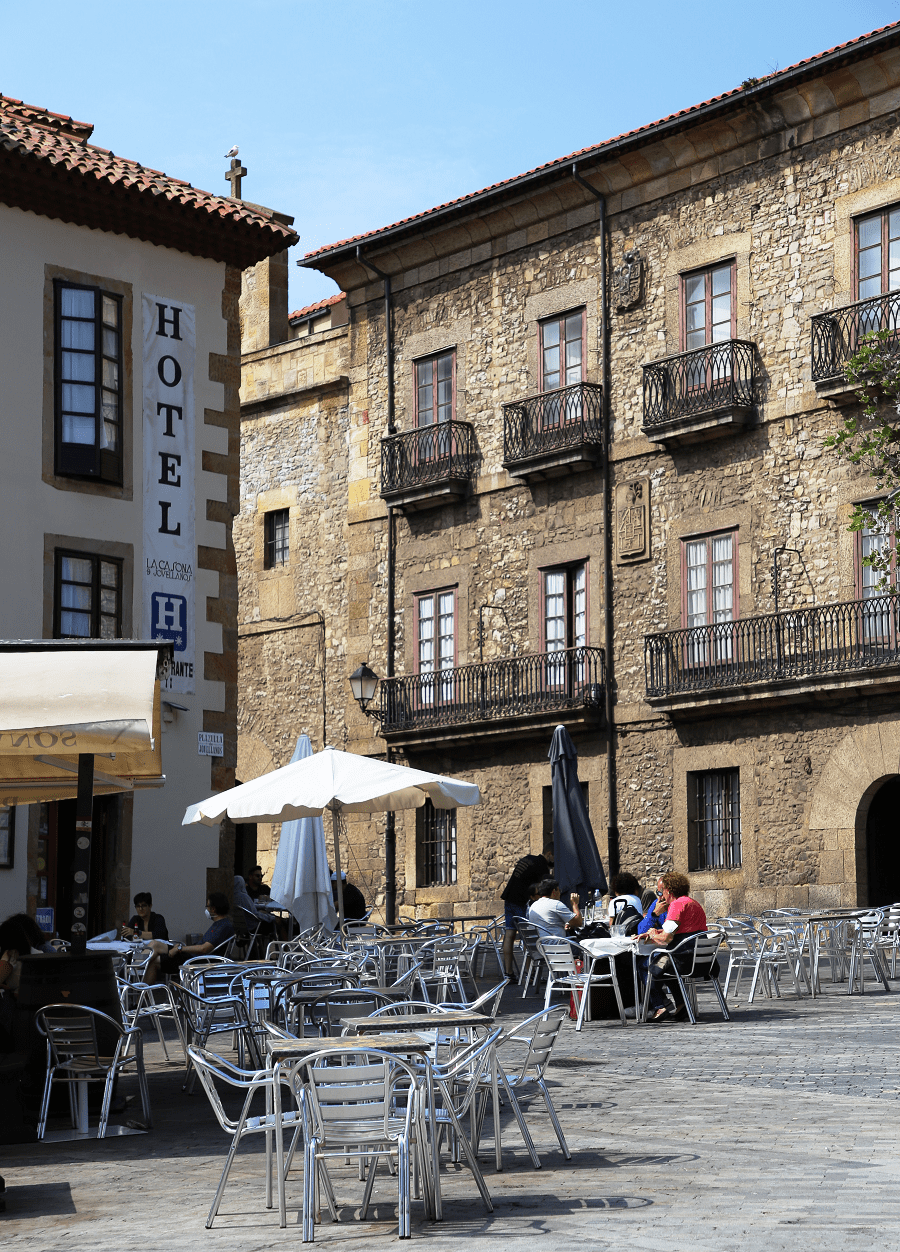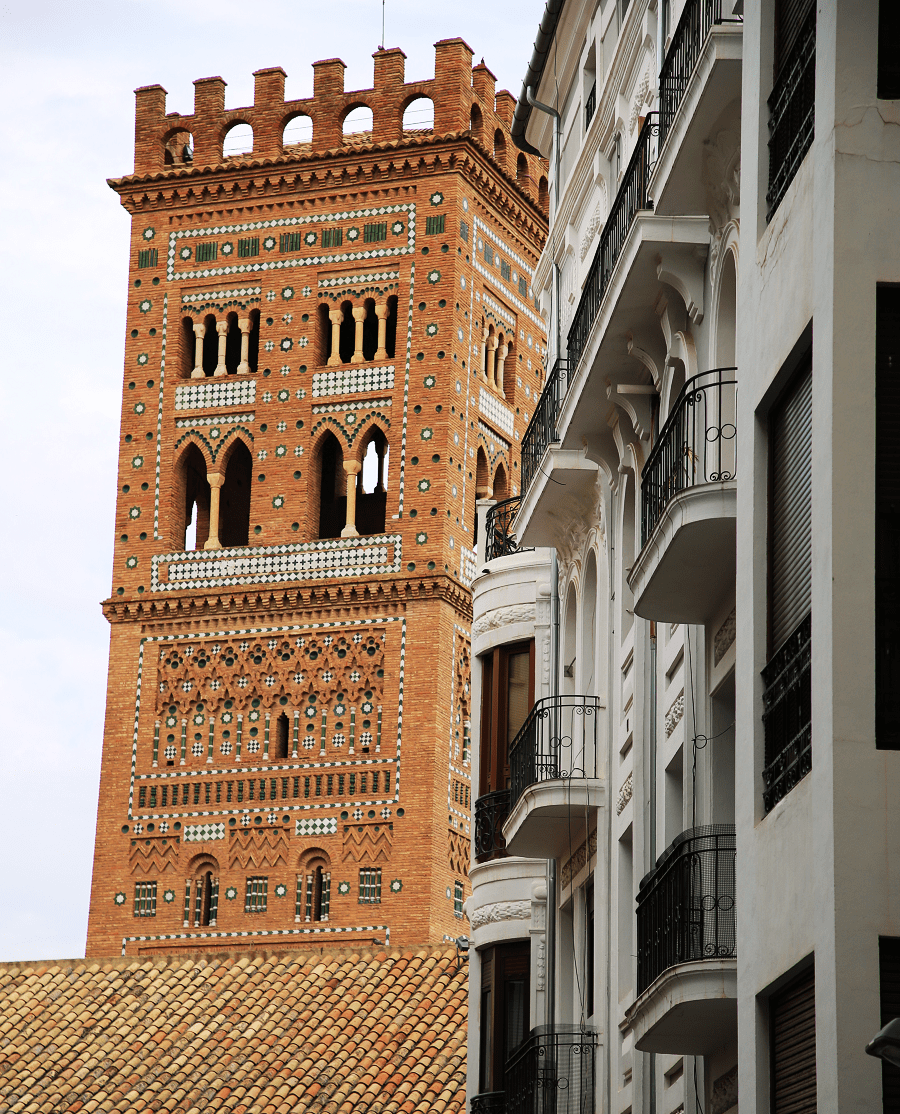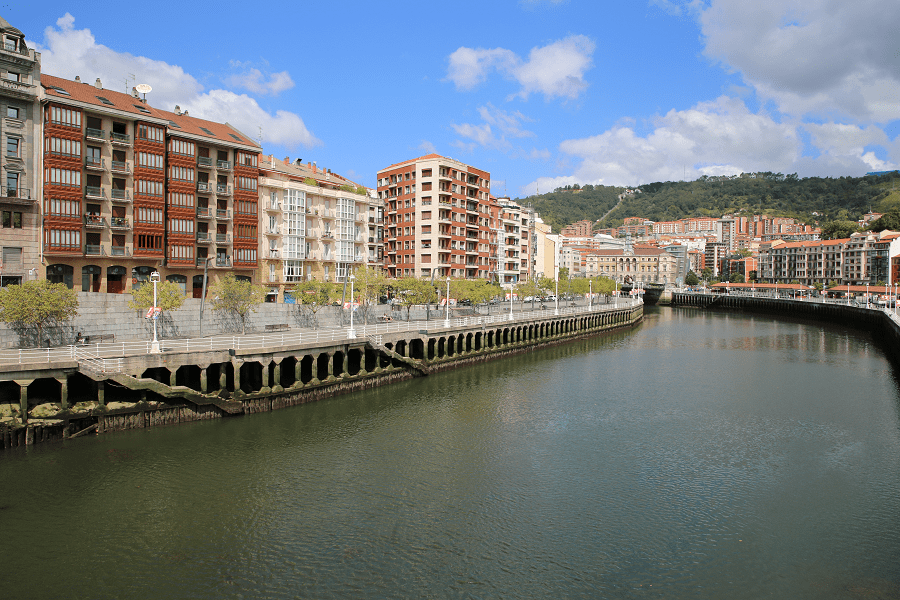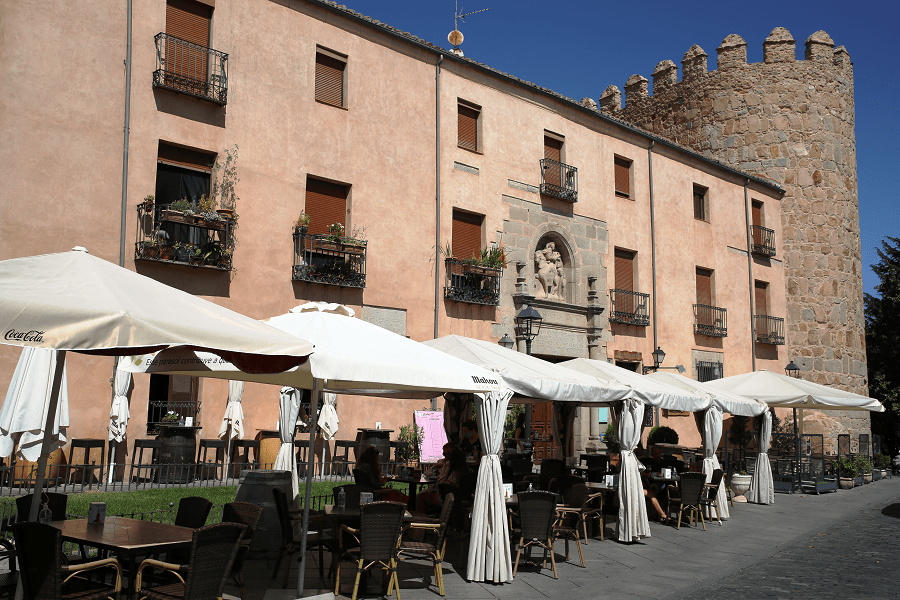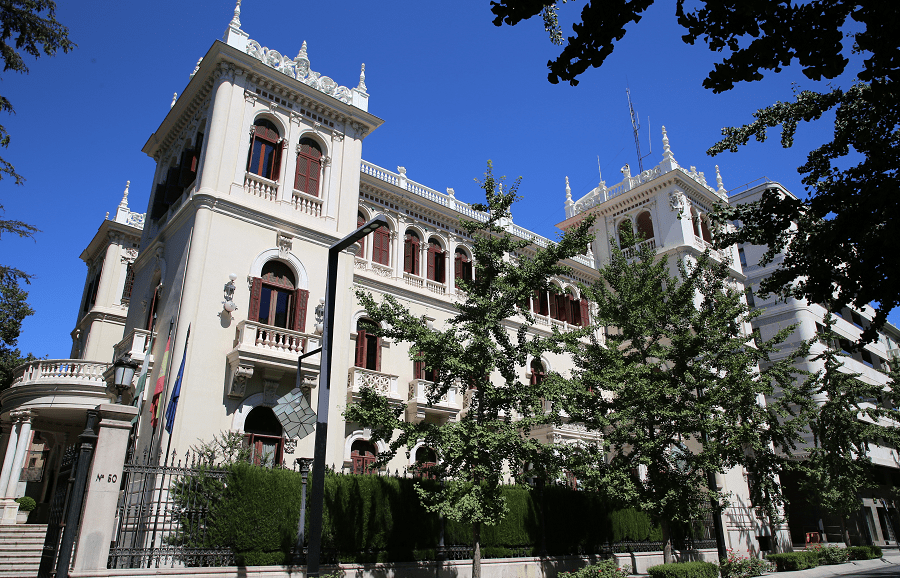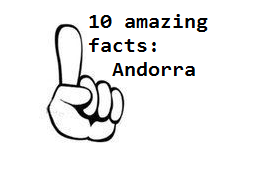Autonomous communities, provinces, comarcas, municipalities
In Spain, an autonomous community (C.A.) is a territorial entity that, within the Spanish constitutional legal system, is endowed with autonomy, with its own institutions and representatives and certain legislative, executive and administrative powers, which assimilates it in many aspects to federated entities, therefore it could be said that Spain is quasi-federal.
The promulgation of the 1978 Constitution, which includes the right to autonomy of the nationalities and regions that make up the State, represented a 180-degree change with respect to the previous regime, which was based on traditional centralized plans.
After the ratification of the Magna Carta, and as a result of the implementation of the principles contained in Title VIII, in the course of a few years the process of establishing the 16 autonomous communities and the foral community has been completed, through the approval of their Statutes of Autonomy, although only four of them —Catalonia, the Basque Community, Galicia and Andalusia— have been endorsed by their citizens.
However, in practice, the autonomic pacts forced the provinces to form autonomous communities. In fact, it serves as an example that, in March 1983, the only province that was not part of any community, Segovia, was forced by government decree to integrate into Castille y León “for reasons of national interest.”
Spain and its 17 autonomous communities are subdivided into 50 provinces.
Most of the provinces—with the exceptions of Álava, Asturias, Biscay, Cantabria, Gipuzkoa, the Balearic Islands, La Rioja, and Navarre—are named after their principal town. Only two capitals of autonomous communities—Mérida in Extremadura and Santiago de Compostela in Galicia—are not also the capitals of provinces.
Seven of the autonomous communities comprise no more than one province each: Asturias, the Balearic Islands, Cantabria, La Rioja, Madrid, Murcia, and Navarre. These are sometimes referred to as “uniprovincial” communities.
The municipality is the basic local administrative division in Spain together with the province.
Each municipality forms part of a province which in turn forms part or the whole of an autonomous community. There are a total of 8,118 municipalities in Spain, including the autonomous cities of Ceuta and Melilla. In the Principality of Asturias, municipalities are officially named concejos (councils).
In Spain traditionally and historically, some autonomous communities are also divided into comarcas. Some comarcas (in Catalonia or in Aragon) have a clearly defined status, are regulated by law and even their comarcal councils have some power.
In some other cases (La Carballeda) their legal status is not very formal for they correspond to natural areas, like valleys, river basins and mountainous areas, or even to historical regions overlapping different provinces and ancient kingdoms. In such comarcas or natural regions municipalities have resorted to organizing themselves in mancomunidad (commonwealth), like the Taula del Sénia, the only legal formula that has allowed those comarcas to manage their public municipal resources meaningfully.
There is even a comarca, the Cerdanya that is divided between two states, the southwestern half being counted as a comarca of Spain, while the northeastern half is part of France.
In English, a comarca is equivalent to a district, county, area or zone.
17 communities (in alphabetical order)
Andalusia
Andalusia is the southernmost autonomous community in Spain. It is the most populous and the second largest autonomous community in the country. Its capital city is Seville.
The territory is divided into eight provinces: Almería (capital Almería), Cádiz (capital Cádiz), Córdoba (capital Córdoba), Granada (capital Granada), Huelva (capital Huelva), Jaén (capital Jaén), Málaga (capital Málaga), and Seville (capital Seville). The seat of the High Court of Justice of Andalusia is located in the city of Granada.
Borders with Extremadura and Castilla–La Mancha in the north, and Region of Murcia in the west.
Aragon
Aragon is an autonomous community in Spain in northeastern Spain. Its capital is Zaragoza. Consists of three provinces: Huesca (capital Huesca), Zaragoza (capital Zaragoza), and Teruel (capital Teruel). The current Statute of Autonomy declares Aragon a historic nationality of Spain.
It limits to the north with France (Occitania and Nueva Aquitania), to the west with Castilla-La Mancha, Castile and León, La Rioja, Navarre and to the east with Catalonia and the Valencian Community.
Asturias
Asturias, officially the Principality of Asturias, is an autonomous community in northwest Spain. Oviedo is, according to the Statute of Autonomy, is the capital and a seat of the institutions of the Principality of Asturias. The most populated city in the community is Gijón. Consists of one province of Asturias.
Bordered by Cantabria to the east, by Castile and León to the south, by Galicia to the west, and by the Cantabrian sea to the north.
Basque Autonomous Community
Basque Autonomous Community is an autonomous community in northern Spain. Its basic institutions are the Basque Parliament and the Basque Government, based in the de facto capital city of Vitoria-Gasteiz. It includes the Basque provinces of Álava (capital Vitoria-Gasteiz), Biscay (capital Bilbao), and Gipuzkoa (capital San Sebastian).
It limits to the east with Navarre and the French department of Pirineos Atlánticos (region of Nueva Aquitania), to the south with La Rioja and to the west with Castile and León and Cantabria.
Canary Islands
Canary Islands, also known informally as the Canaries, are a Spanish region and archipelago in the Atlantic Ocean, in Macaronesia. They are the southernmost of the autonomous communities of Spain
At their closest point to the African mainland, they are 100 kilometres west of Morocco. The archipelago is economically and politically European and is part of the European Union.
Cantabria
Cantabria is an autonomous community in Spain, defined as a historical community in its Statute of Autonomy. The city of Santander is its capital. Consists of one province of Cantabria.
It limits to the east with the Basque Autonomous Community, to the south with Castile and León, to the west with the Principality of Asturias and to the north with the Cantabrian Sea.
Castile and León
Castile and León is an autonomous community of Spain, referred to as a “historical and cultural community” in its Statute of Autonomy. It is the largest autonomous community in Spain in terms of area. The capital city is Valladolid.
It is made up of nine provinces: Ávila (capital Ávila), Burgos (capital Burgos), León (capital León), Palencia (capital Palencia), Salamanca (capital Salamanca), Segovia (capital Segovia), Soria (capital Soria), Valladolid (capital Valladolid) and Zamora (capital Zamora).
Castile and León is a landlocked region, bordered by Portugal as well as by the Spanish autonomous communities of Galicia, Asturias, Cantabria, Basque Community, La Rioja, Aragon, Castile-La Mancha, the Community of Madrid and Extremadura.
Castilla–La Mancha
Castilla–La Mancha, or Castile-La Mancha, is an autonomous community of Spain. The capital city is Toledo. Comprising the provinces of Albacete (capital Albacete), Ciudad Real (capital Ciudad Real), Cuenca (capital Cuenca), Guadalajara (capital Guadalajara) and Toledo (capital Toledo), it was created in 1982.
It is bordered by Castile and León, Community of Madrid, Aragon, Valencian community, Murcia community, Andalusia community, and Extremadura community.
Catalonia
Catalonia (cat. Catalunya, Aran. Catalonha, Sp. Cataluña) is an autonomous community of Spain. The capital city is Barcelona.
It is located on the northeastern coast of the Iberian Peninsula and borders Andorra and France in the north, Aragon in the west, Valencian community in the south and the Mediterranean Sea in the east.
Catalonia is the largest part of the historical and cultural territory of the Principality of Catalonia and one of the countries belonging to the Catalan countries.
Community of Madrid
Community of Madrid is an autonomous community of Spain. It is located in the centre of the Iberian Peninsula, and of the Central Plateau (Meseta Central). Its capital is the city of Madrid, which is also the capital of the country.
The Community of Madrid is bounded to the south and east by Castilla–La Mancha and to the north and west by Castile and León. It was formally created in 1983, based on the limits of the province of Madrid, which was until then conventionally included in the historical region of New Castile.
Extremadura
Extremadura is an autonomous community of Spain. Its capital city is Mérida. Located in the central-western part of the Iberian Peninsula, it is crossed from east to west by the Tagus and Guadiana rivers. The autonomous community is formed by the two largest provinces of Spain: Cáceres and Badajoz.
Extremadura is bordered by Portugal to the west and by the autonomous communities of Castile and León (north), Castilla–La Mancha (east) and Andalusia (south).
Galicia
Galicia is an autonomous community of Spain. The capital is Santiago de Compostela.
Located in the northwest Iberian Peninsula, it includes the provinces of A Coruña (capital A Coruña), Lugo (capital Lugo), Ourense (capital Ourense) and Pontevedra (capital Pontevedra).
It is bordered by Portugal to the south, the Spanish autonomous communities of Castile and León and Asturias to the east, the Atlantic Ocean to the west, and the Cantabrian Sea to the north.
La Rioja
La Rioja is an autonomous community and province in Spain, in the north of the Iberian Peninsula. Its capital is Logroño.
It covers part of the Ebro valley towards its north and the Iberian Range in the south.
The community is a single province, so there is no County Council, and it is organized into 174 municipalities. It borders the Basque community to the north, Navarre to the northeast, Aragón to the southeast, and Castile and León to the west and south.
Navarre
Navarre (Spanish: Navarra), officially the Chartered Community of Navarre, is a foral autonomous community and province in northern Spain. The capital city is Pamplona (Basque: Iruña).
Borders the Basque Community, La Rioja, and Aragon in Spain and Nouvelle-Aquitaine in France.
Region of Murcia
Region of Murcia is an autonomous community of Spain located in the southeast part of the Iberian Peninsula, on the Mediterranean coast. Its capital city is Murcia.
The region is centered on a historical region of the same name in what is now southeastern Spain. It is heir to the ancient Kingdom of Murcia, which traditionally included, as a bi-provincial region, the provinces of Albacete and Murcia. Today the region is subdivided into municipalities. Borders Valencian Community in the north, Castilla–La Mancha in the east and Andalusia in the south.
Valencian Community
Valencian Community is an autonomous community of Spain. Its homonymous capital Valencia is the third largest city and metropolitan area in Spain. The Valencian Community consists of three provinces which are Castellón (capital Castellón de la Plana), Valencia (capital Valencia) and Alicante (capital Alicante).
It is located along the Mediterranean coast on the east side of the Iberian peninsula. It borders with Catalonia to the north, Aragon and Castilla–La Mancha to the west, and Murcia to the south.



